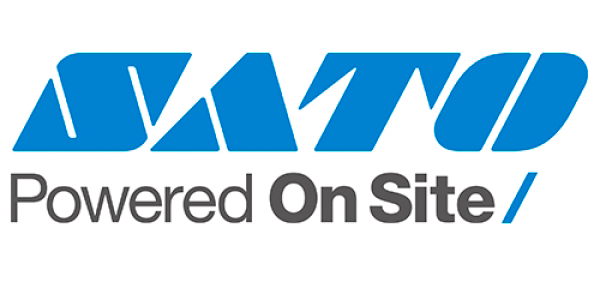One of the applications of RFID technology is the traceability of food articles. When the tags must be in contact with food need to meet the directives and regulations on materials intended to come into contact with food. In this article, we are going to talk about European regulations. Besides, there are a few conditions that we consider that RFID tags for food need to meet to be appropriate. Let’s start with the topic!
Three conditions that an RFID tag for food need to meet
- All materials in contact with food have to fulfil all food contact regulations for safety.
- The antenna and chip can’t be in contact with food.
- The ticket with the RFID tag must be clearly noticed.
Food contact regulations that concern RFID tags
In everyday life, food contact materials (FCM) are widely used in packaging, kitchen tools, labels, etc. The different materials on contact with food may behave differently and could transfer their constituents to the food depending on their composition and application. Thus, FCM chemicals might change the food properties and affect human health. That’s why, food contact materials are subject to legally binding rules at EU level, in order to secure a high level of protection of human health. The main regulations for food safety that concern RFID tag materials in contact with food are:
First, the EC 1935/2004 of the European Parliament on materials and articles intended to come into contact with food.
Second, the EC2023/2006 on good manufacturing practice for materials and articles intended to come into contact with food.
Third. the EC 10/2011 on plastic materials and articles intended to be in contact with food.
Besides the conformity with the EU regulations, we want to note other conditions that we consider important to preserve safety.
The antenna and chip can’t be in contact with food
RFID antennas within tags use to be made of aluminium and chips have diverse substances and metals. So, the RFID inlay needs to be enclosed to avoid their contact with food. Obviously, the materials to keep apart the antenna and the chip from the food must be suitable for food contact.
The label with the RFID tag must be clearly noticed
The size of the RFID tag must be enough big to be seen without any possibility of being unnoticed or get mixed up. The positioning of the tag needs to be out of food, not only for safety but for the better performance of the RFID tag, because as you may know, RFID tag performance gets worse with liquids and greases.
We hope the article has been useful. If you wish to be informed about RFID technology and Trace ID subscribe to our newsletter here.
Main photo by Thomas Vogel on Unsplash
Contact us for more information focused on your needs. If you wish to receive information about RFID technology, subscribe to our magazine.






